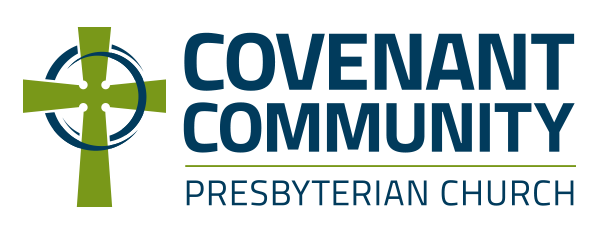Here’s a video explaining the second half of Revelation:
THIS WEEK
This final section of the book of Revelation is perhaps the most important. Revelation exists to encourage us to struggle against the worldly and Satanic powers which demand our allegiance. Our faith and endurance will result in persecutions and sufferings, but these chapters provide the hope that motivates us to be faithful. Finally, we get a picture of God’s victory and our vindication; this is where all our faithfulness is rewarded, and all evil is defeated.
Chapter 19 includes the battle of Armageddon (though the name Armageddon comes from 16:16). Who does the actual fighting in this battle? Where are we, during the battle?
In chapter 20, we find one of the most controversial and confusing passages of Revelation. The meaning of the 1,000 year reign (aka the Millennium) is hotly debated today. For a moment, ignore the question of when that 1,000 years occurs, and consider the more important question. How does this passage help encourage you towards faithful living today?
The final judgment and the new heaven and earth are incredible moments. What is most exciting for you about the description of the heavenly city?
The book ends with one of the most important prayers of the church: “Come, Lord Jesus.” What would it mean for you to pray that prayer yourself each day?
NEXT WEEK
Our NEW Movement is over! If you’ve made it even just through a book or two, that’s great; if you made it through the entire New Testament, that’s fantastic!!
Even though our reading plan is over, there’s still more Bible to read. Now that you have made a habit of reading Scripture, maintain that habit. Perhaps you might choose to read Genesis and Exodus, or perhaps you might return to one of the New Testament books you read and enjoyed earlier.
Spending regular time reading the Word is one of the most important parts of our relationship with Jesus. I hope you continue on your own this summer, and in all the months and years to come!
Grace and Peace,
Jim


